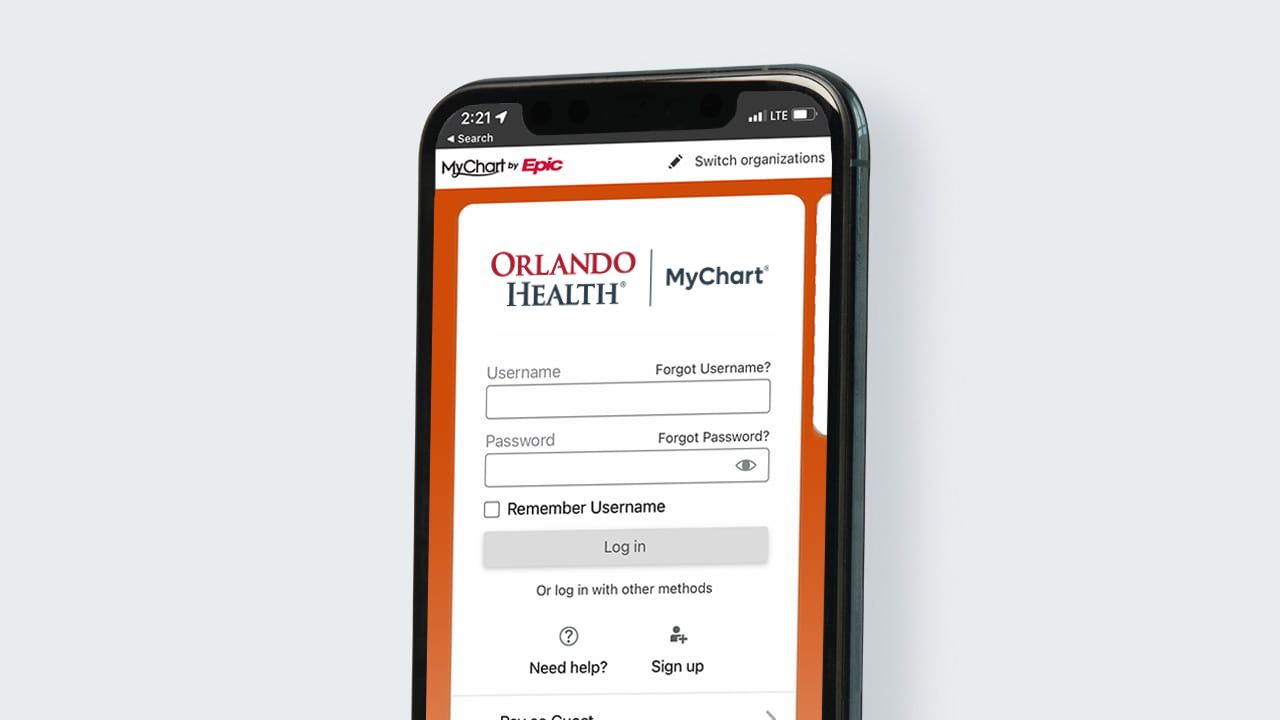
Find an Institute or Practice
Orlando Health provides expert services in more than 55 medical specialties.

Orlando Health MyChart®
MyChart® is a secure, online tool that gives you easy access to all of your Orlando Health information from any of your devices. View your medications, test results and health history. Request an appointment or a prescription renewal. Or send a message to your care team. It's all there in MyChart.
Sign up to pre-register for your delivery with MyChart.
MyChart® is a registered trademark of Epic Systems Corporation.
Find a Doctor
With Orlando Health, you have access to hundreds of physicians, from specialists to family practice.






